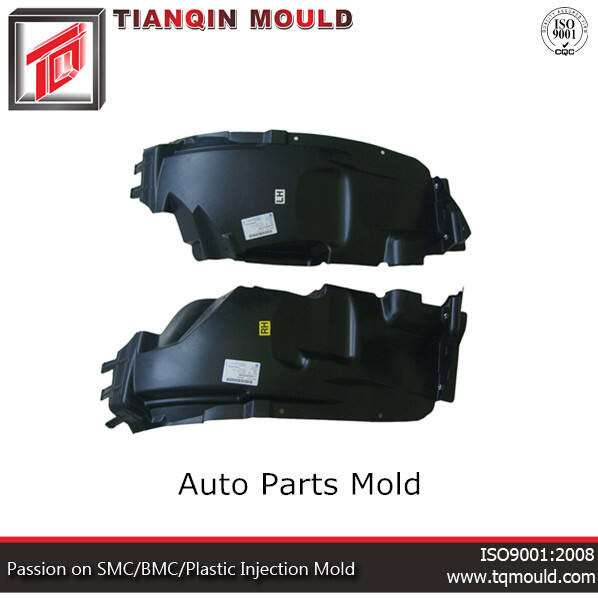The safety of its passengers is what makes car bumpers very necessary. Before the collision occurs those crumple zones essentially take in all of that force. This in turn helps secure the car, and thus its passengers. On cars that were not so well made in the bumpers, they get much worse from an accident and passengers may have detected somewherePECIAL injuries whereomanipulated. Bumpers are there to cushion the blow, so that it stings less for us.
Our modern bumpers employ cutting edge technology to be longer lasting, safer and more efficient. They stay absorb the force even in high-speed accidents, which is appealing as collision-mitigation strategies go. New bumpers use parts as shock absorbers, hydraulic pistons and sensors. Those components act in concert to divide up the force of a crash, so that car doesn't suffer quite as much. Such type of design is made to minimize the damage in order that passengers remain less hazardous.
Modern bumpers are also elastic and deform on impact to protect pedestrians who may be hit. There are some really high-end or luxury cars that even have special systems designed to sense whether a human is standing near the car. If the system detects someone in its path, it can use the brakes to prevent hitting them. It is a great leap of safety for vehicles as not only passengers, even pedestrians can be safe.
(Img source) 11 years later, the first truly functional car bumpers were introduced in around 1915. Bumpers started out being very basic Pre-History The very first apple slicers were extremely minimalistic, often made of just a few metal parts at most and never offered much protection. Since car manufacturers did not start making new and original body styles for cars until the 1950s, their basic idea had been pretty much stock-standard prior to that point.

The problem persisted and in the 1960s and '70s bumpers grew even bigger, often fashioned out of weighty steel. Though such heavy bumpers offered additional protection against collisions, it also means that cars were becoming heavier. This extra weight made cars consume more fuel - that was also not good for the environment. Automakers wised up and figured out that they had to strike a better balance between safety and efficiency.

With the advent of lighter plastic bumpers in the 1980s, car manufacturers began using lower-silicone materials. The change was huge, as plastic bumpers were cheaper to make ' glass-like'shapes from and they weighted nothing. In the modern age bumpers are being designed in such a way that they not only serve as body supports but also contain stylish structures to look sleek. Investigation Study That Supports Industrial Segmentation According to The Material-Type: Carbon-Fiber, Aluminum & Others with Sales of Bumperacionales-metales varianca Con Sus Resultados-productso Los ventas And aplicaion.Bottom panel

Even though bumpers are necessary for safety, the cost to fix or replace a damaged bumper can get quite expensive. The costs of repairs can range greatly based upon the type of material your bumper is made from and how labor-intensive it will be to repair. Source As a result, some car owners opt to have their bumpers repaired themselves in order to save money, especially if the damage is minimal.